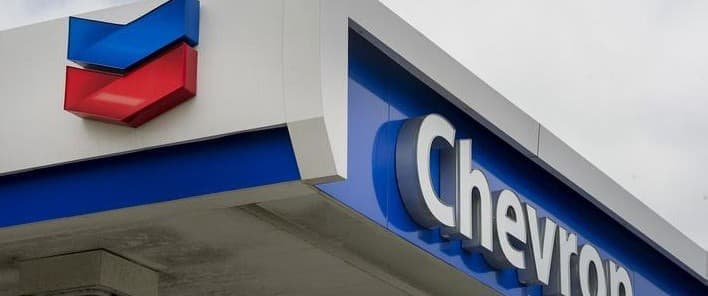
According to several senior energy, legal, and security sources exclusively spoken to by OilPrice.com in 2018/2019, ExxonMobil walked away first from the CSSP and then from subsequent projects in Iraq because of the threat to its reputation and to that of the U.S. more broadly from continuing to do business in the country was simply too great. Independent non-governmental organisation Transparency International (TI) in its ‘Corruption Perceptions Index’ neatly encapsulated the problem when it described Iraq at that time as: “Among the worst countries on corruption and governance indicators, with corruption risks exacerbated by lack of experience in the public administration, weak capacity to absorb the influx of aid money, sectarian issues and lack of political will for anti-corruption efforts.” TI added: “Massive embezzlement, procurement scams, money laundering, oil smuggling and widespread bureaucratic bribery that have led the country to the bottom of international corruption rankings, fuelled political violence and hampered effective state-building and service delivery.” It concluded: “Political interference in anti-corruption bodies and politicization of corruption issues, weak civil society, insecurity, lack of resources and incomplete legal provisions severely limit the government’s capacity to efficiently curb soaring corruption.” In 2014, a serious push was made to resuscitate the development of the Nasiriyah field within the broader scope of the ‘Nasiriyah Integrated Project’ (NIP) that also included the development of adjunct lesser oil sites to the main Nasiriyah site and the construction of a 300,000-bpd refinery.
Author: Simon Watkins
Published at: 2025-08-27 22:00:00
Still want to read the full version? Full article